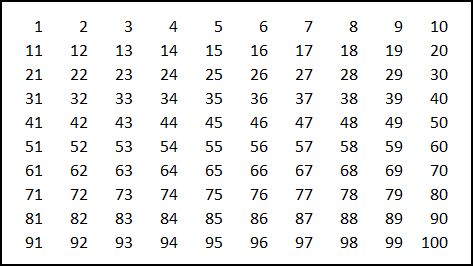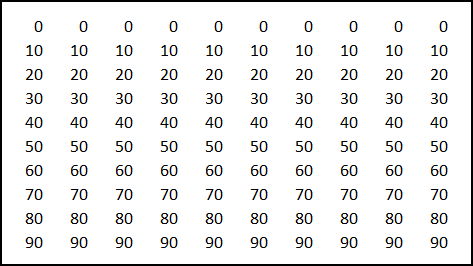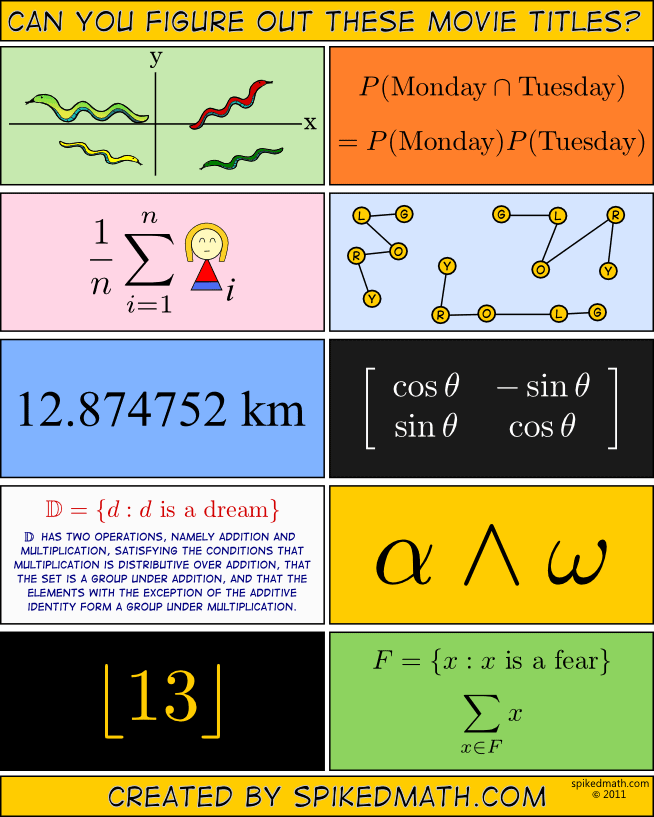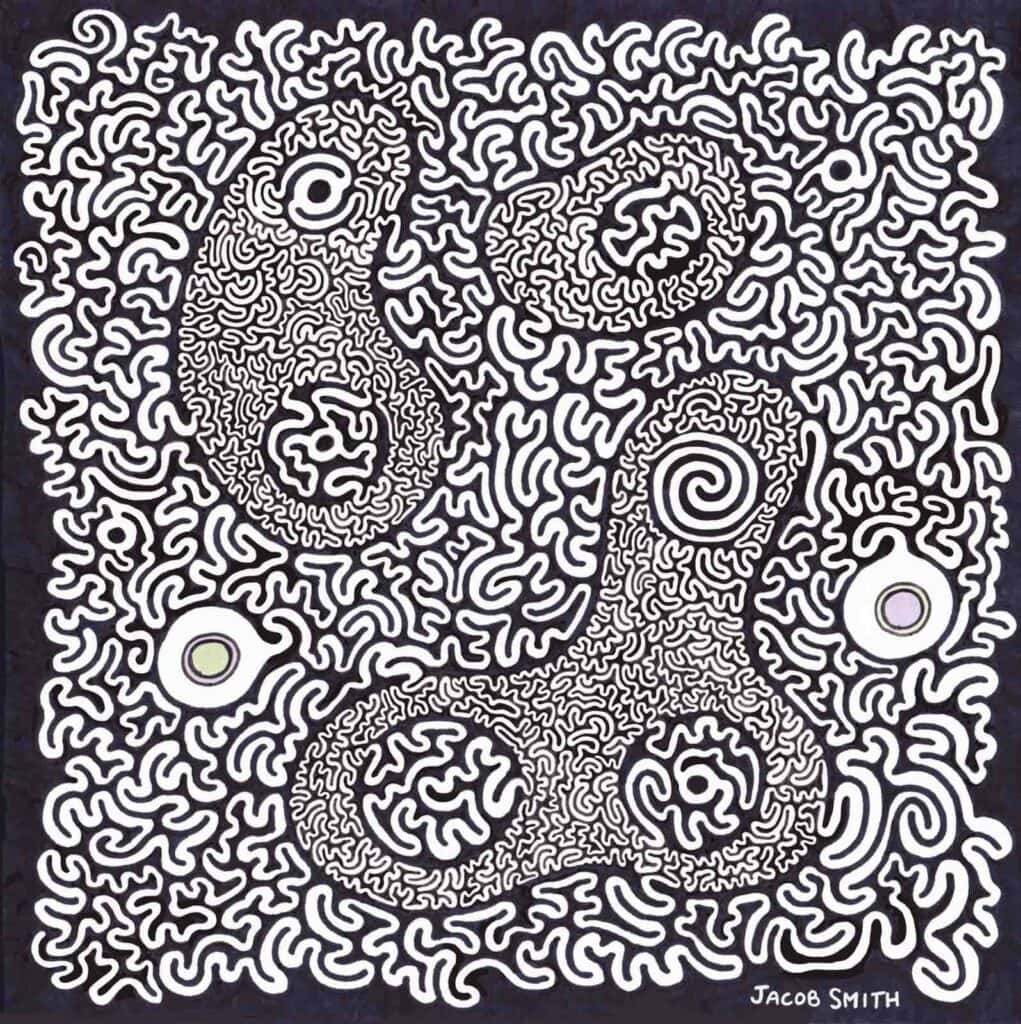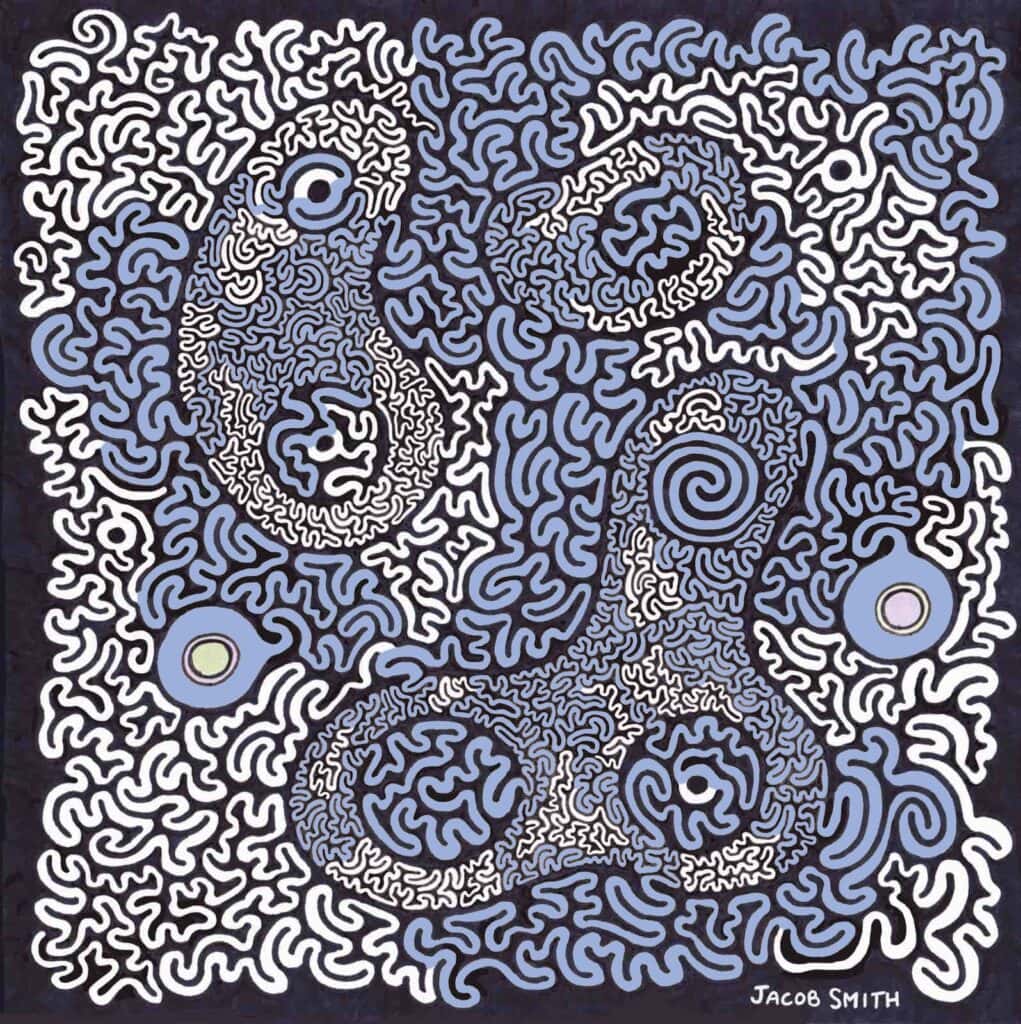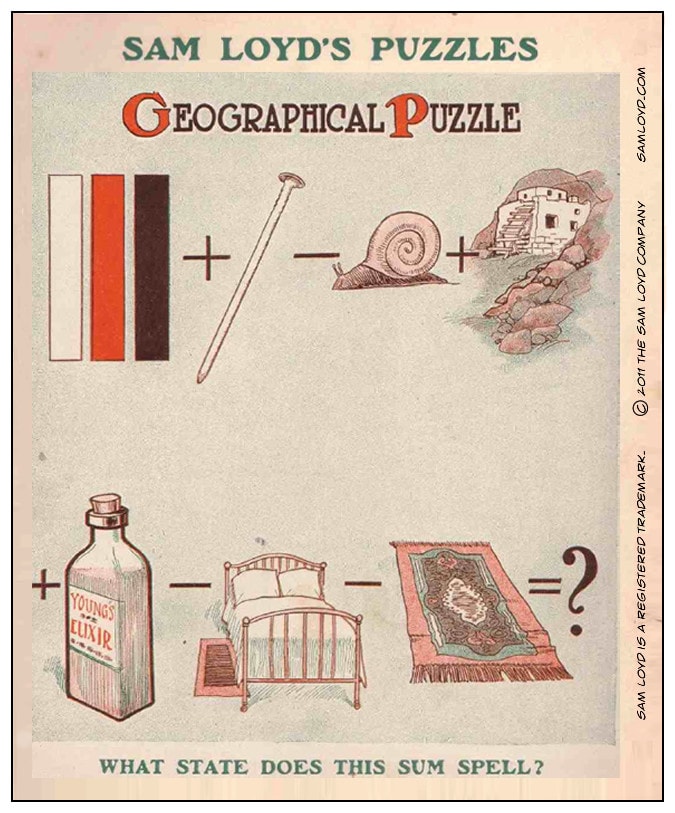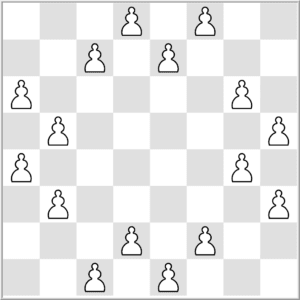Conflicting Words
What unique feature do the following words share?
FRIEND, FEAST, THERE, THOROUGH, FLIGHT, WONDERFUL, RESIGN, ENDURING, PEST, COVERT
Each of these words contains its antonym as a sub-word:
FRIEND – FIEND, FEAST – FAST, THERE – HERE, THOROUGH – ROUGH, FLIGHT – FIGHT, WONDERFUL – WOEFUL, RESIGN – REIGN, ENDURING – ENDING, PEST – PET, COVERT – OVERT

